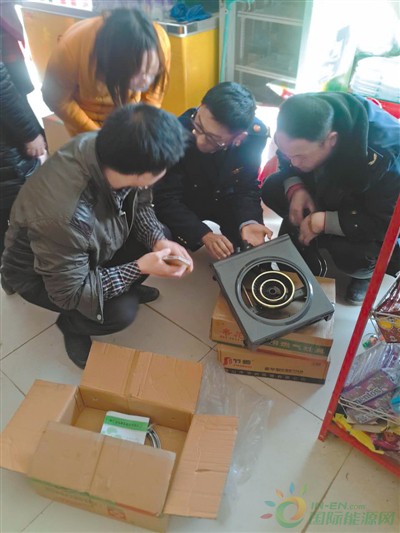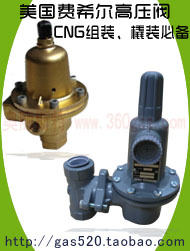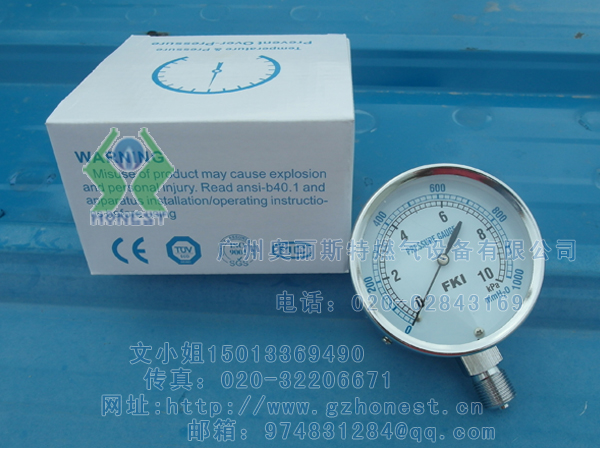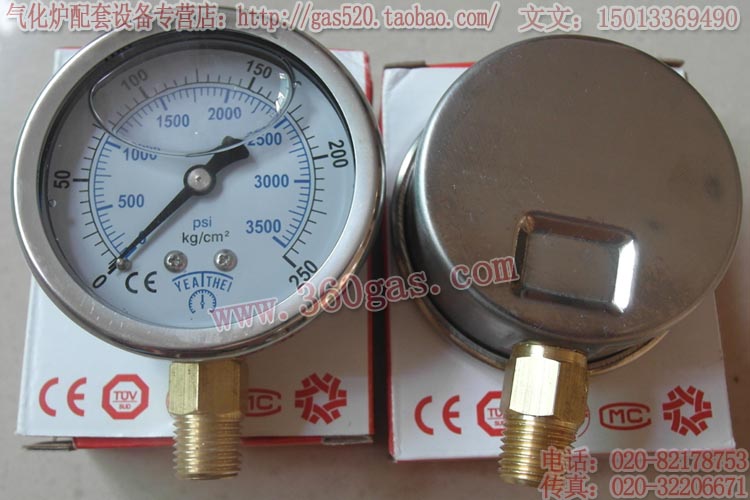位置:首頁 > 燃氣資訊 > 赫斯基CNG采用的空氣/Husky
赫斯基CNG采用的空氣/Husky CNG Takes to the Air
瀏覽次數(shù) 930 , 日期 2013-07-29 , 燃氣設備 加入收藏
 飛機制造商AVIAT飛機公司和明尼阿波利斯的航空基金會美國公司將推出第一雙燃料,活塞動力的飛機上操作既壓縮天然氣(CNG)和航空汽油,在本周舉行的2013空中冒險需要放置在威斯康星州奧什科什,從7月29日至8月4日。AVIAT赫斯基CNG將展出創(chuàng)新館外。
飛機制造商AVIAT飛機公司和明尼阿波利斯的航空基金會美國公司將推出第一雙燃料,活塞動力的飛機上操作既壓縮天然氣(CNG)和航空汽油,在本周舉行的2013空中冒險需要放置在威斯康星州奧什科什,從7月29日至8月4日。AVIAT赫斯基CNG將展出創(chuàng)新館外。
AVIAT飛機總裁斯圖喇叭“,說:”這是一個了不起的概念證明型飛機。“雖然我們的標準赫斯基飛機適應這個雙燃料(1)配置并非沒有挑戰(zhàn),這是非常值得的。的性能和易用的操作已經(jīng)超出了我們的預期。“
AVIAT赫斯基CNG,AVIAT阿夫頓,懷俄明州的總部設在飛行了1000多英里,在空中冒險,可以采用CNG或100LL航空汽油與一個開關(guān)翻轉(zhuǎn)。它是一個標準的AVIAT赫斯基A1-C已經(jīng)配備了CNG燃料罐中除了標準容量50加侖的航空汽油罐。這架飛機是由一個200馬力的四缸萊康明飛機發(fā)動機,巡航速度為143英里每小時的飛行耐力在65%的功率設置大約是七小時。
CNG燃料罐和相關(guān)的燃料控制的異常,唯一的修改到發(fā)動機,萊康明IO-360-A1 D6,安裝新的活塞,以增加壓縮比從8.50:1到10:1。
從概念到現(xiàn)實
,美國航空基金總裁格雷格·赫里克走近AVIAT與建造一艘演示天然氣的優(yōu)勢,可以提供通用航空飛機的想法在2013年初的總統(tǒng)。
 “美國航空基金會總裁格雷格·赫里克說,”在眾多的優(yōu)勢,使用CNG燃料成本節(jié)約,清潔燃燒的燃料,并沒有鉛排放。“給我留下了深刻印象AVIAT如何爽快地答應解決這個項目,一個團隊的工程師和工匠在航空和天然氣工業(yè)工作。其結(jié)果是一個復雜的解決方案,它可以容易地應用于多種活塞動力的飛機。
“美國航空基金會總裁格雷格·赫里克說,”在眾多的優(yōu)勢,使用CNG燃料成本節(jié)約,清潔燃燒的燃料,并沒有鉛排放。“給我留下了深刻印象AVIAT如何爽快地答應解決這個項目,一個團隊的工程師和工匠在航空和天然氣工業(yè)工作。其結(jié)果是一個復雜的解決方案,它可以容易地應用于多種活塞動力的飛機。
壓縮天然氣發(fā)電是達至80%,成本低于全國平均水平的六元每加侖航空汽油。是在CNG不含鉛,它的存在是目前航空汽油的一個重大問題。這也是一個更清潔的燃燒燃料,減少煙霧的污染物減少90%,二氧化碳排放量減少30%。發(fā)動機機油仍然是顯著的清潔,因此提高了發(fā)動機的使用壽命,同時提高飛機性能CNG通常與目前的100的航空汽油的辛烷值燃燒138辛烷值。
“一方面我們感到特別高興的是可以極大地降低成本,學習飛行的機會,”赫里克 “如果一所飛行學校安裝了一個簡單的CNG加氣站,他們可以減少學生的燃料成本,也許是數(shù)千美元。而且,燃料可只要有一種自然的氣體管線。
如果培訓平面使用10加侖每小時,僅燃料成本就可以減少由$ 40 - $ 60每小時。這將使經(jīng)濟的一所飛行學校,CNG加氣站設備安裝現(xiàn)場,甚至切換到100%CNG飛機的大多數(shù)培訓航班在機場附近一般。
赫斯基的汽油容量為52加侖100LL,50是可用。在這個演示中飛機CNG和100LL坦克可能被填充能力,仍然攜帶220磅試點和70磅。齒輪。
(1)天然氣汽車行業(yè)通常是指使用另外的兩種燃料的雙燃料一起作為雙燃料,兩種燃料的燃料系統(tǒng)。)
Airplane manufacturer Aviat Aircraft, Inc. and Minneapolis-based Aviation Foundation of America, Inc. will unveil the first bi-fuel, piston powered aircraft to operate on both compressed natural gas (CNG) and aviation gasoline, at this week’s AirVenture 2013 which takes place in Oshkosh, Wis., from July 29 through August 4. The Aviat Husky CNG will be on display outside the Innovations Pavilion.
“This is a remarkable proof-of-concept airplane,” said Stu Horn, president of Aviat Aircraft. “While adapting our standard Husky aircraft into this dual fuel (1) configuration was not without challenges, it was well worth it. The performance and ease of operations have exceeded our expectations.”
The Aviat Husky CNG, which flew more than 1,000 miles from Aviat’s headquarters in Afton, Wy., to be at AirVenture, can be powered by CNG or 100LL aviation gasoline with the flip of a switch. It is a standard Aviat Husky A1-C that has been fitted with a CNG fuel tank in addition to its standard aviation gasoline tanks with a capacity of 50 gallons. The aircraft is powered by a 200 h.p., four cylinder Lycoming aircraft engine with a cruise speed of 143 m.p.h. The flight endurance at 65 percent power setting is approximately seven hours.
With the exception of the CNG fuel tank and associated fuel controls, the only modification made to the engine, a Lycoming IO-360-A1 D6, was the installation of new pistons to increase the compression ratio from 8.50:1 to 10:1.
From Concept to Reality
Greg Herrick, president of the Aviation Foundation of America approached Aviat’s president in early 2013 with the idea of building an aircraft to demonstrate the advantages natural gas can offer general aviation aircraft.
 “Among the many advantage of using CNG are fuel cost savings, cleaner burning fuel and no lead emissions,” said Greg Herrick, president of the Aviation Foundation of America. “I’m impressed with how Aviat readily agreed to tackle this project, working with a team of engineers and craftsmen within the aviation and natural gas industries. The result is a sophisticated solution which can be readily applied to a variety of piston powered aircraft.”
“Among the many advantage of using CNG are fuel cost savings, cleaner burning fuel and no lead emissions,” said Greg Herrick, president of the Aviation Foundation of America. “I’m impressed with how Aviat readily agreed to tackle this project, working with a team of engineers and craftsmen within the aviation and natural gas industries. The result is a sophisticated solution which can be readily applied to a variety of piston powered aircraft.”
Compressed natural gas power is up to 80 percent less expensive than the national average of $6-per-gallon aviation gasoline. There is no lead in CNG, the presence of which is currently a significant issue with aviation gasoline. It is also a much cleaner burning fuel, reducing smog pollutants by 90 percent and reducing CO2 emissions by 30 percent. Engine oil remains significantly cleaner therefore improving engine life, while aircraft performance is enhanced as CNG typically burns 138 octane versus the current 100 octane of aviation gasoline.
“One aspect we’re particularly excited about is the opportunity to dramatically reduce the cost of learning to fly,” added Herrick. “If a flight school installs a simple CNG refueling station they can cut the cost for the student’s fuel, perhaps by thousands of dollars. And, the fuel is available wherever there is a natural gas line.”
If a training plane uses 10 gallons per hour, the cost of fuel alone could be reduced by $40-$60 per hour. This would make it economical for a flight school to install CNG refueling equipment on site, and even switch to 100% CNG aircraft as most training flights are in the general vicinity of the airport.
The Husky’s gasoline capacity is 52 gallons of 100LL, 50 of which is useable. In this demonstration aircraft both the CNG and 100LL tanks may be filled to capacity and still carry a 220 lb. pilot and 70 lbs. of gear.
(1) The natural gas vehicle industry typically refers to a fuel system that uses two fuels separately as bi-fuel and two fuels together as dual-fuel.)








